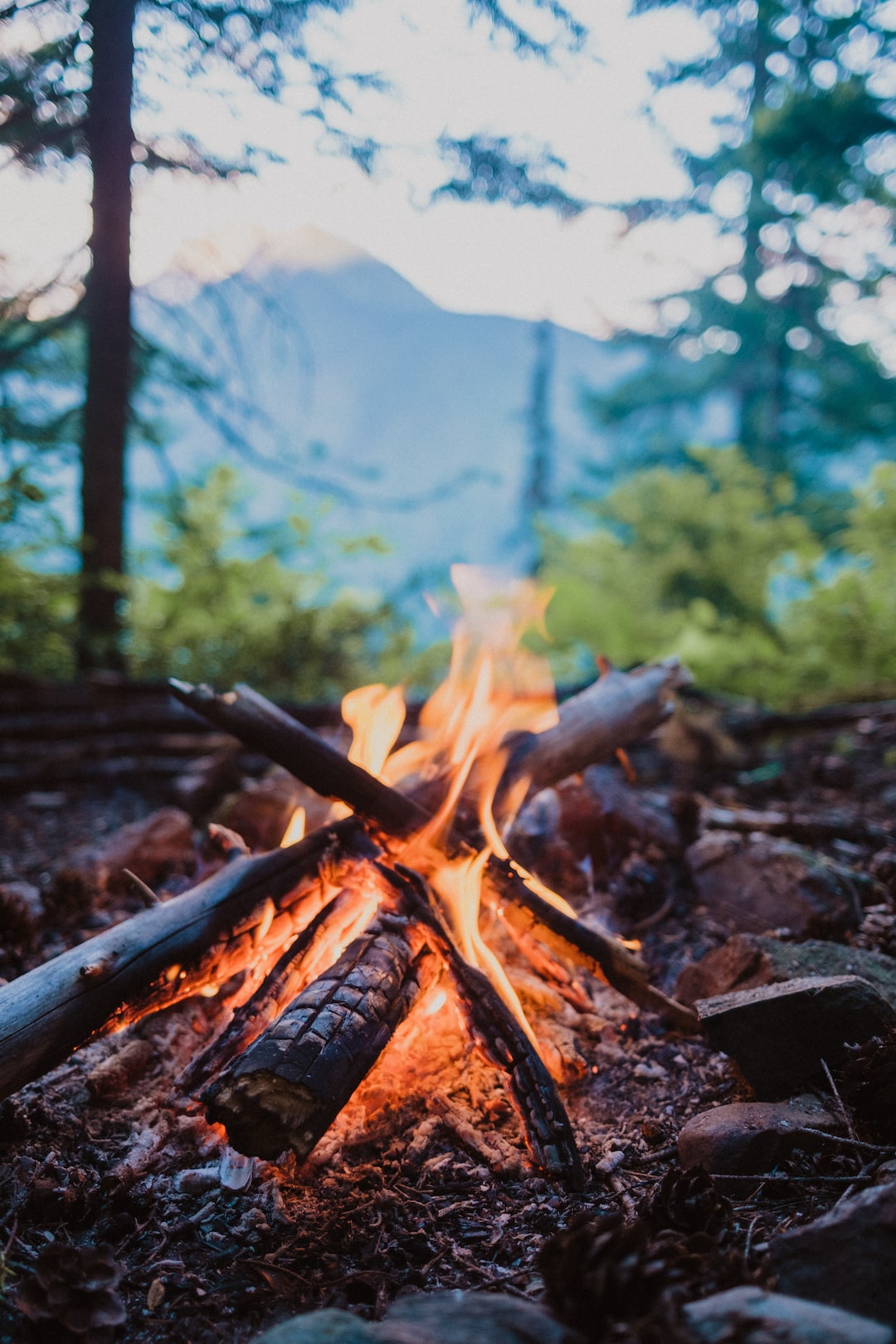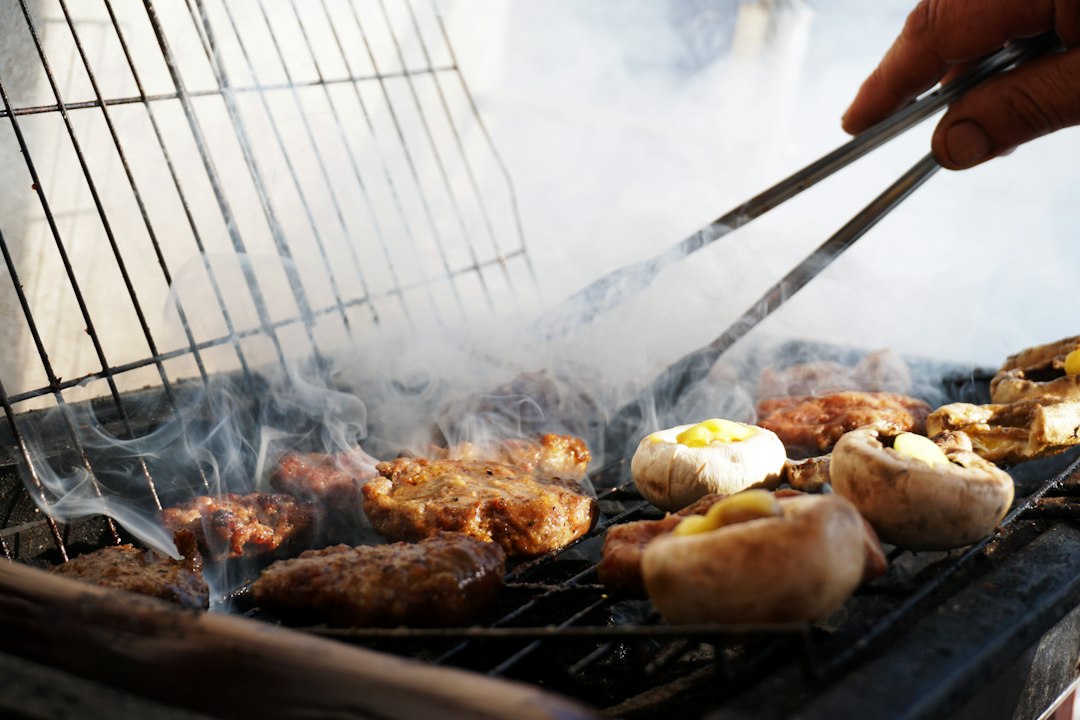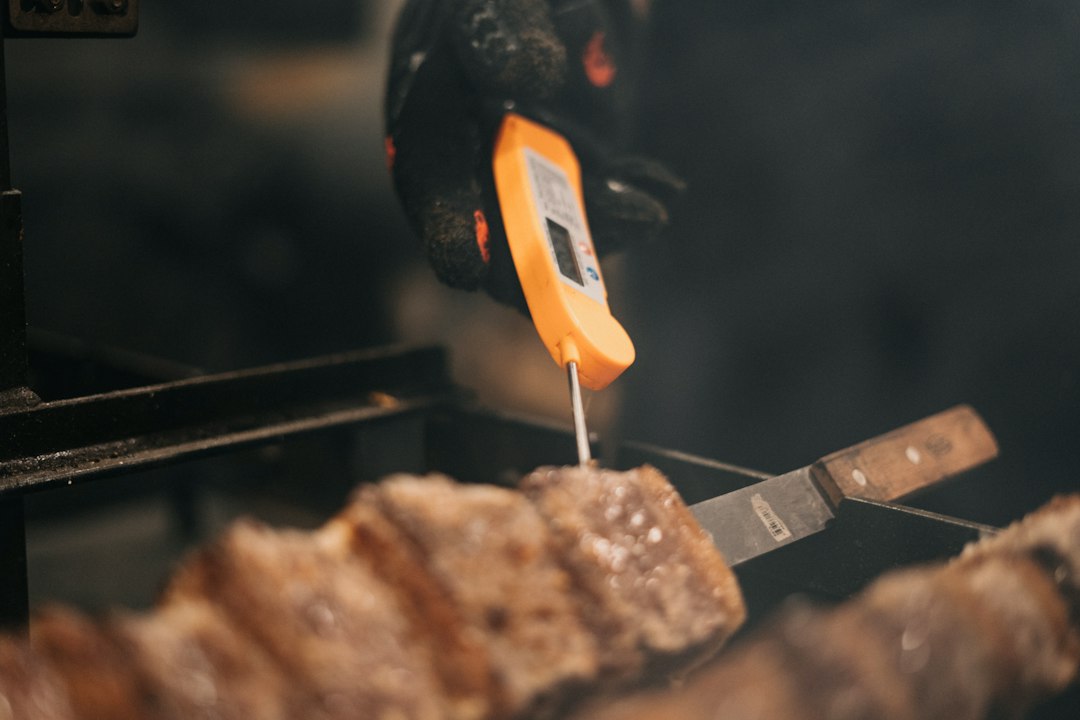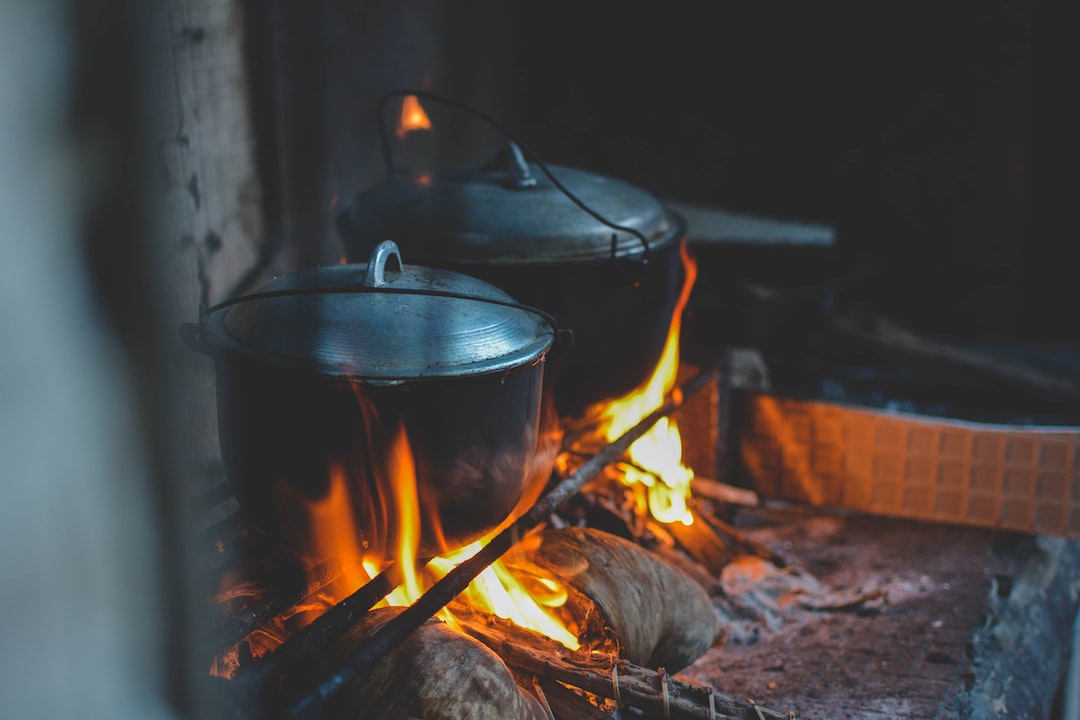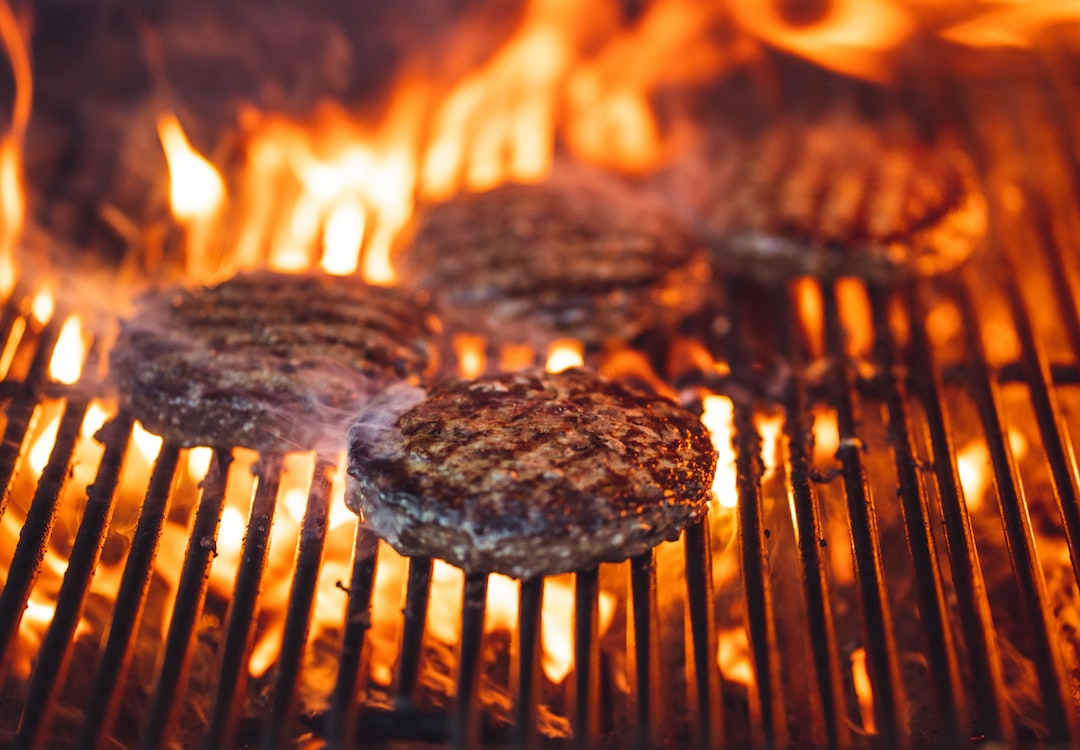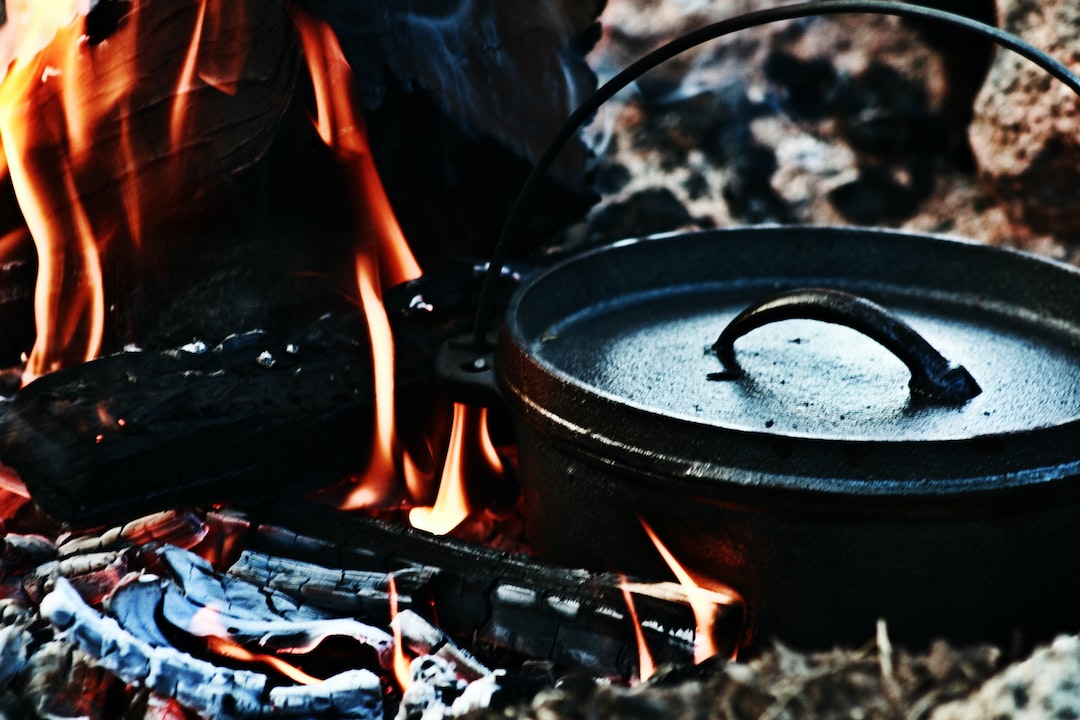Introduction
Welcome to the world of outdoor cooking and our ultimate guide to outdoor cooking, a culinary realm where the aromas of grilled foods blend with the fresh air of the great outdoors. Whether you're a seasoned grill master or a newcomer to the open flame, this ultimate guide will walk you through various outdoor cooking techniques and the essential equipment needed to make your alfresco dining experiences both delightful and delicious.


